What is CRI (Color Rendering Index)?
by UPRtek | 2021/06/09
- What Is CRI?
- Before getting into CRI, Some things you need to know
- How the CRI metric works
- Why we need to measure CRI?
- The Shortcomings of CRI
- Other important color rendering indexes
- Not all LED lights are the same – Check your CRI
What Is CRI?
What is CRI (Color Rendering Index)? It is a metric used to measure the ability of a light to bring out colors in objects (i.e. Color Rendering).
Lights with a high CRI rating can make store products look brilliant and vibrant. Other lights with low CRI ratings will make the same products drab and lifeless.
What is CRI in lighting?
In the lighting industry, CRI, or Color Rendering Index, is a critical metric for assessing how accurately a light source can reproduce the colors of various objects, compared to natural light.
CRI plays a significant role in environments where true-to-life color perception is essential, such as in retail displays, medical facilities, art galleries, and photography.
High-CRI lighting enhances the visual appeal and clarity of objects, allowing people to see colors as they truly are, while low-CRI lighting may cause colors to appear dull or distorted.

Notice the supermarket chicken filets that are placed under special shelf lighting, on display for customers. The chicken appears fresh with vibrant colors.
However, when you bring out the chicken under general floor lighting, the chicken looks pale and unappetizing. These two pictures were taken moments apart with the same camera (no picture modifications except package label). It demonstrates how store lighting can enhance the visual appearance of objects quite drastically.
Before getting into CRI, Some things you need to know – Lighting Basics
Before getting into CRI, the first thing to understand is that light from a bulb contains all the colors of the rainbow. This is readily apparent when you shine a light through a prism and see the colors diffracted and differentiated.
You can accomplish the same with a spectrometer, which can capture light and then diffract the separate colors onto a graphic representation called a spectrum. The spectrum on the right is from sunlight.
The second thing to understand is that the different colors in the light come in different quantities (or intensities). The Sun contains a spectrum of colors in full quantities. However, compared to the sun, a spectrum for a fluorescent light is deficient in many colors.
All this is to say, if your light is lacking color(s), those objects in your scene will not be able to reflect those colors well. In other words if your lights lack red, it will not be able to bring out the red colors in chicken filets.
The third thing to understand is objects (e.g. apples) do not inherently possess color. An Apple only reflects the red colors from light (making them appear red only). What happens to the other colors that are hitting the apple (e.g. green, blue, magenta)? They are absorbed by the apple.
How the CRI metric works
The first official color rendering metric is conveniently called the “CRI” metric. It is defined by the CIE (Commision Internationale de l’Eclairage). The CRI metric uses the Sun (daylight) as the gold standard. So a light that can mimic the color rendering capabilities of the sun gets a CRI 100 rating. A fluorescent light, however, may record a CRI as low as 65. So the higher the number, the better is the color rendering capability of a light.
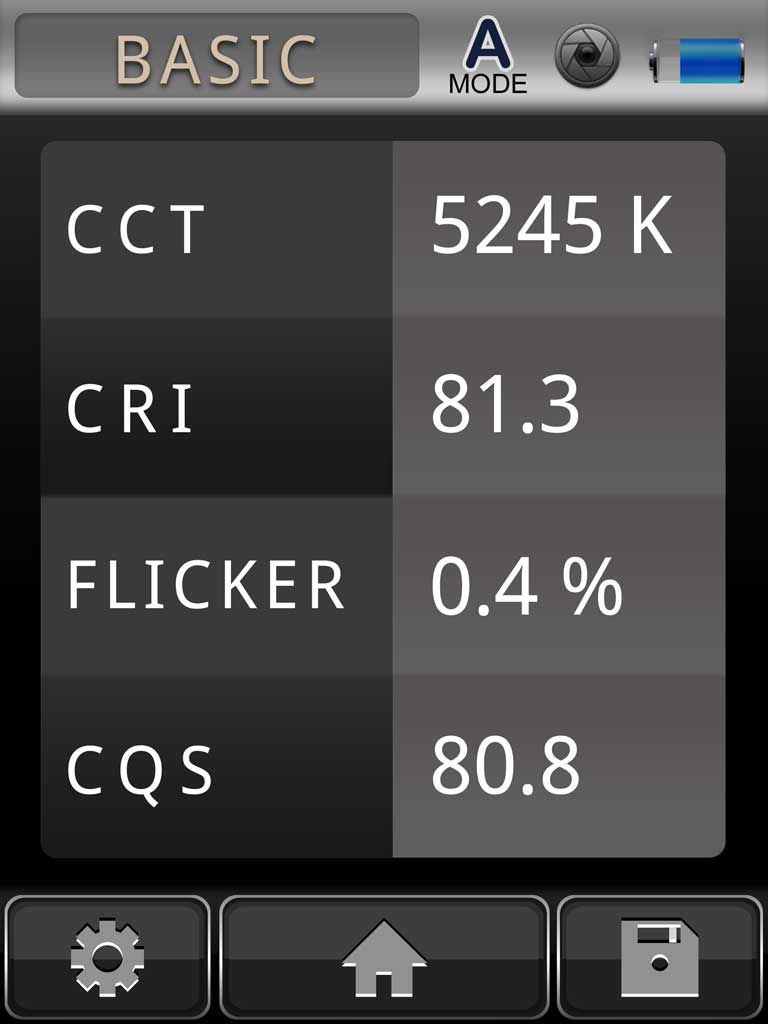
The CRI rating is actually derived from a sampling of only 8 colors, referred to as R1 to R8. A spectrometer checks to see if the light contains adequate quantities of those colors compared to sunlight. Each R value is given a 0-100 rating and then is averaged for a final CRI rating.

CRI uses 8 colors to arrive at a final rating
Why we need to measure CRI?
When incandescent lights ruled the earth, the color behaviors were inherently similar to dayight (both black body radiators) – It was easier to predict and maintain color consistency . Incandescent lights, however, are being replaced by energy efficient LED lights – the downside is that CRI characteristics for these lights can vary from product to product, batch to batch.
CRI at work:
- Buyers who purchase lights in batches will use a spectrometer to spot check the lights as they are shipped to make sure that the CRI matches the seller specifications. Read on about LED Commerce
- High fashion clothing chains will also buy lights in bulk for their stores. They will also make sure the CRI ratings are adequate to ensure their stores consistently showcase accurate, brilliant colors. Read on about Lighting Design
- Lights with high CRI ratings are also necessary for surgical procedures to properly differentiate anatomy of fleshy tissues. CRI is also important for distinguishing pills by color at a pharmacy or seniors home.
- Proper CRI lighting for art restoration is also notably important.
- LED companies will also use CRI R1-R14 (explained below) values to gauge problems with metamerism (colors that appear differently under varying light sources).
Without CRI measurement, all we can do is rely on the packaging for the light bulbs we buy. The CRI is usually, but not always listed.
The Shortcomings of CRI
The problems with the CRI metric have been well documented. The R1-R8 colors are pastel colors that are adequate color rendering assessment for bland colors in the garment and architecture industries. However, this 8-color metric cannot tell you whether or not a light can render more saturated colors, like the pink color of chicken filets. Another criticism has been that CRI rating does not adapt well to fluorescent and LED lighting.
So the people at CIE added 6 more saturated colors R9-R14, and called the new index CRI (R96a) – the former referred to as CRI (Ra). However, even though R96a is arguably an improvement, changes in the lighting industry are always slow in coming. CRI (Ra) is still widely used.
The R9 color, by itself, is of special interest because skin or flesh tones are represented by this color. A high R9 rating can tell you if store display chicken will appear fresh and colorful.
Accurate skin tone rendering is also highly regarded by the film and TV industry, as the audience is always focused on faces.
As shown on the right, a spectrometer can also display a graphic with all 15 individual CRI color ratings.

R9 is also important in the cosmetics industry where skin tone color must be rendered accurately in front of paying customers. Cosmetologists will employ basic spectrometers like the MK350D to make sure their lights have appropriate CRI ratings.
Other important color rendering indexes
TM-30-15
TM-30-15 is a color rendering index by IES (Illuminating Engineering Society). Like CRI, it uses a sampling of colors and rates each color 0-100 to arrive at an average. However TM-30-15 boasts 99 sample colors as opposed to 14 for CRI (R96a). Comparing more colors means more accurate representation of color rendering capabilities.
TM-30-15 also can gauge over-under saturation (intensities). Until now, we have been talking about color deficiencies of a light. Lights can also have too much color (over saturation), which will make a scene appear unnatural.

Undersaturated Lighting (simulated)

Oversaturated Lighting (simulated)
The best part of TM30-15 is the visual representation of “undersaturation” and “oversaturation” of colors.
CQS (Color Quality Scale)
Yet another rendering index is the CQS or Color Quality Scale developed by the NIST (National Institute of Standards and Technology), an agency of the United States Department of Commerce. CQS is also aimed at remedying the deficiencies of the CRI (Ra) indexing system.
CQS has a color sampling size of 15, including saturated colors. In addition, CQS uses CIELAB color model, a more uniform system that is recommended by CIE. It also takes into account considerations for saturation and human preferences. And more importantly, CQS can be reliably used with traditional light sources (incandescent) as well as SSL (solid state lighting) lights (i.e. LED lights). CQS follows the other rendering index systems using color samples and averaging them to arrive at a rendering index number from 1-100.
TLCI and SSI – for TV and Cinema
The color rendering indexes we’ve discussed until now are all based on how we, as humans see light. However, in Film and TV , it is a camera that is “seeing” and interpreting light and color, using very different sensing mechanisms. This means that an entirely different color render indexing scheme is needed.
And so we’ve seen two other color rendering indexes emerge; the TLCI (Television Lighting Consistency Index) and SSI (Spectral Similarity Index).
Both these indexes are developed by people and organizations in their respective TV and Cinema industries.
Not all LED lights are the same – Check your CRI
It’s important for lighting to render colors accurately. A CRI rating is a good thing for making products look attractive on store shelves. In other applications, it’s necessary, like for medical applications. LED lighting is the future but there are inherent problems in maintaining consistency across different suppliers and even batches of products.
For this reason, bulb buyers, sellers and even end users are turning to spectrometers with various metrics to quality check color rendering capabilities. Look before you leap, and check your CRI before purchasing your lights.

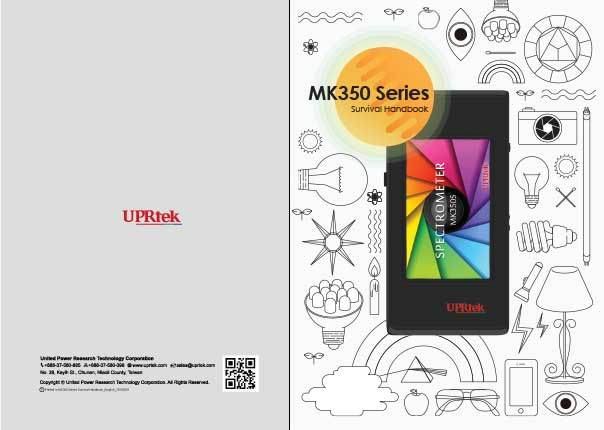
Complimentary Lighting Survival Handbook explains the lighting basics including color, light science and light behavior. Get it!

Complimentary Cinema Lighting Handbook with detailed explanations about Color Rendering Indexes (CRI, TM30, TLCI). Get it!
Hot Product
Handbook Series
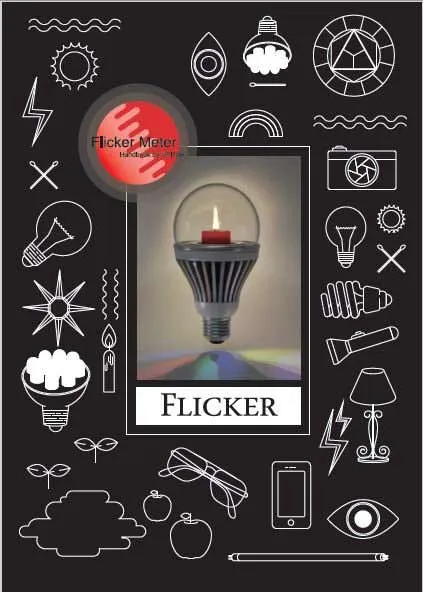
The Flicker Handbook
Everything thing you need to know about Flicker, an insidious, potentially serious lighting artifact impacting visual safety for public places like hospitals, offices, libraries, and more...
About UPRtek

United Power Research and Technology
UPRtek (est. 2010) is a manufacturer of portable, high-precision light measurement instruments; Handheld Spectrometers, PAR meters, Spectroradiometers, Light Calibration Solutions.
UPRtek HQ, R&D and manufacturing are all based out of Taiwan, with Worldwide representation through our certified Global Resellers.
Latest Articles
Category






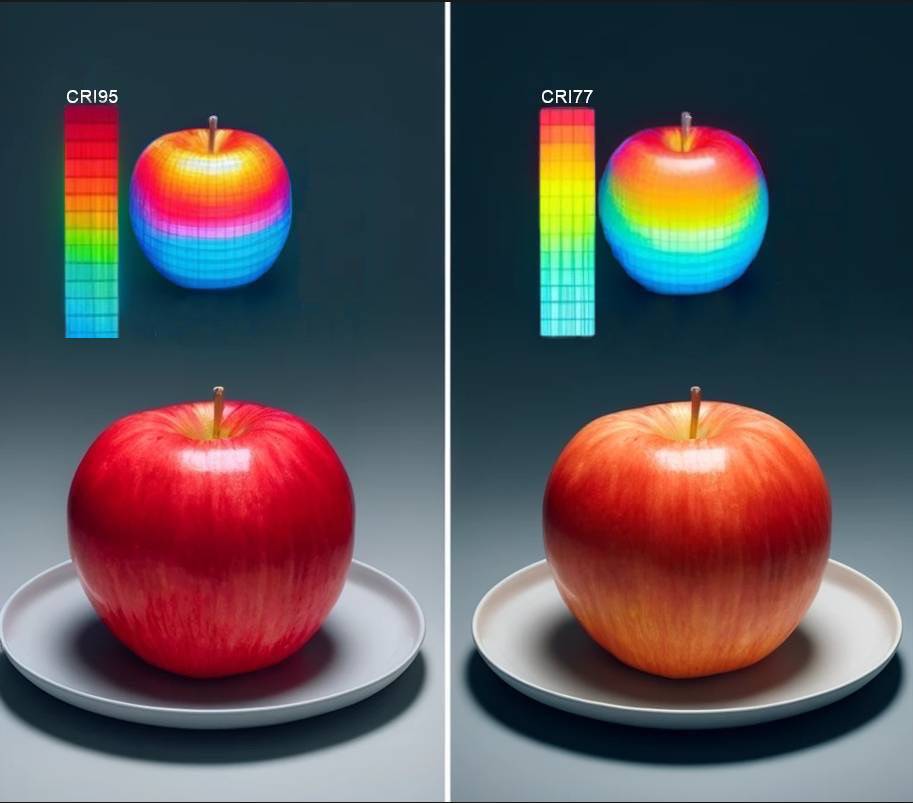




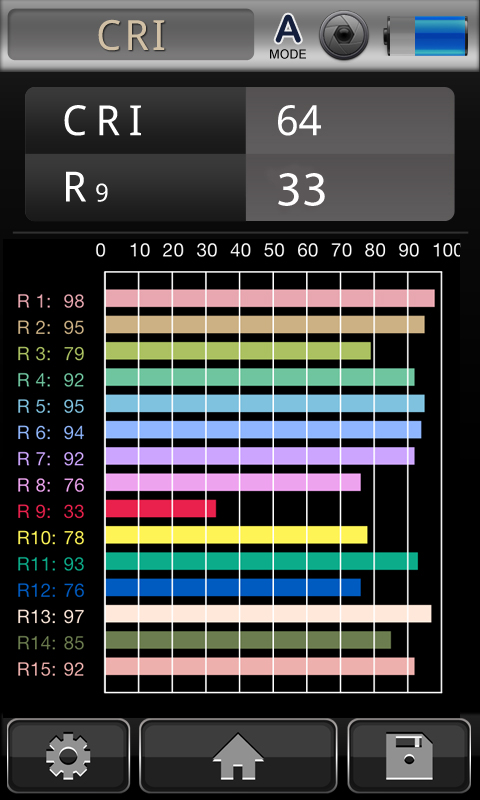
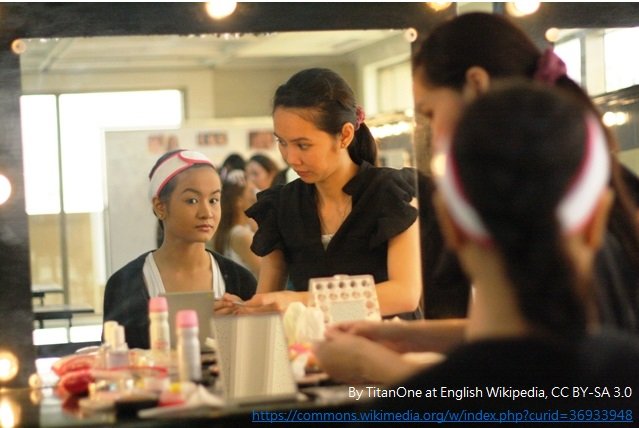

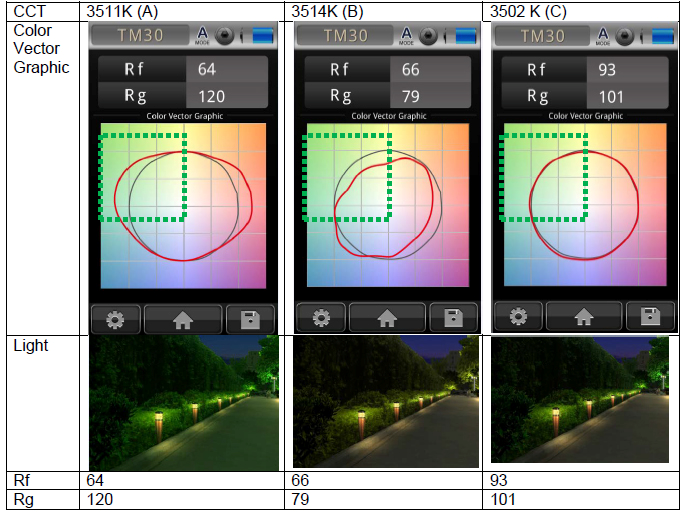

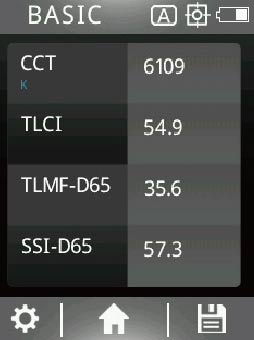







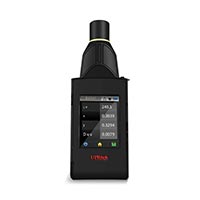

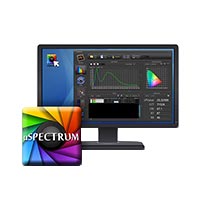

0 Comments